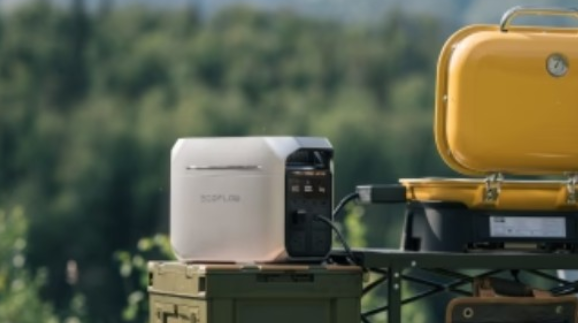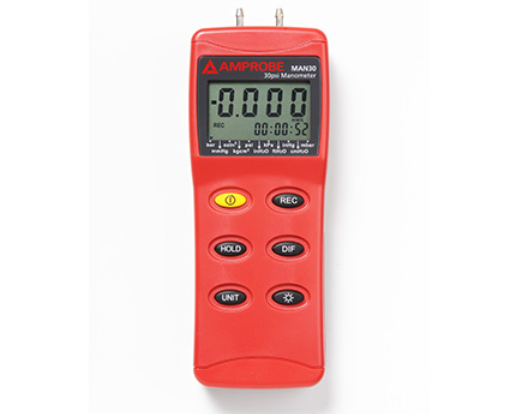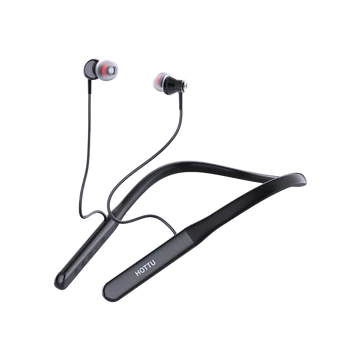Camping Battery Maintenance Tips for Longer Life
Your camping battery is the core of your outdoor power system. Without appropriate care, it might fail at the worst time, turning off your lights, fridge, or GPS. To get the most out of your investment, you must learn how to maintain it. Small habits, such as charging and storing it, as well as dealing with seasonal fluctuations, may make a significant difference. These suggestions can help you extend the life of your camping batteries, saving you money and stress. Whether you’re a weekend camper or a full-time traveler, these measures will maintain your battery dependable and efficient.
How to Properly Charge and Discharge Your Camping Battery
Best Charging Practices to Follow
Always use a charger that works with the type and voltage of your battery. That’s because smart chargers change the charge rate so that you don’t get too charged up. It’s best to charge batteries slowly if you can, especially lead-acid batteries. When not absolutely necessary, don’t use high-speed chargers. Never charge the battery right away; always let it cool down first. Check the connections to ensure they are clean and tight. Keeping the battery terminals corrosion-free helps to maintain a strong charge. Use a battery monitor or multimeter to keep track of voltage levels. Maintaining these measures guarantees that your camping battery remains in peak condition with each usage and avoids the chance of long-term harm.
How Often Should You Recharge the Battery?
Recharge your Camping battery after every trip, even if it wasn’t fully used. It is best to top off lithium batteries to between 80 and 90 percent while storing them. It’s important to promptly recharge lead-acid batteries. Sulfation or a loss of capacity may happen if you let your battery sit with a low charge. Recharge it every one to two months to maintain its quality during long-term storage in order to prevent forgetting set calendar reminders. By keeping your battery cycle in check, you can prevent unexpected breakdowns and enhance performance on your upcoming outdoor excursion.
See also: How Technology Has Changed the Music Industry
Avoiding Deep Discharge and Overcharging
Your camping battery will last less time if you often discharge it below 20%. Cells under stress from deep discharges fail too soon. Set notifications and keep track of the battery’s charge status using a battery monitor. Always use smart chargers that shut off when full to prevent overcharging. Never keep the battery unregulatedly linked to a constant power source. Overcharging causes the battery to overheat and gradually degrade its interior parts. The challenge is striking a balance between preventing deep discharges and overcharging. This easy practice shields your equipment against erratic power outages and extends the life of your battery.

Storage and Seasonal Care Tips for Longevity
How to Store Batteries Between Camping Trips
Keep your camping batteries out of direct sunlight and in a cool, dry location at all times. Clean the terminals and charge the battery completely before storage. Unplug it from every gadget. If necessary, replenish the water levels in a lead-acid battery. To guard against unintentional harm, put it in a case or container. For ease of tracking, mark it with the date of the last charge. Use wood or insulation below it instead of concrete flooring. This stops ground temperature-induced sluggish discharge. When you store your batteries properly, they stay secure, work, and are prepared for your upcoming camping trip.
Maintaining Batteries During Off-Season
Your camper battery still needs maintenance during the off-season. Every 30 to 60 days, schedule a check-up and recharge. Maintain ventilation in the storage space to avoid moisture accumulation. If you plan to store it for a long time, use a trickle charger or battery maintainer. Steer clear of placing bulky objects on top of the battery. Look for any indications of deterioration, such as bloating or rusting. Verify the levels of any liquid electrolyte your battery uses and top it out with distilled water if needed. When it’s time to go back on the road, your power supply will be ready thanks to these easy steps that preserve battery life and performance.
Temperature and Humidity Control Tips
Cold weather could make your camping battery lose power or break, but high temperatures speed up the chemical breakdown that happens inside the battery. Keep it between 10°C and 25°C (50°F and 77°F) for the best results. Keep the humidity below 50% to keep things from rusting. Use a dryer or silica gel pack if the place where you store things is wet. Store the battery in a container that doesn’t close tightly. Instead, leave some space for air to flow around the battery. Keep a thermometer close by to keep an eye on things. Controlled temperatures are good for keeping batteries healthy, especially lithium ones. Keeping your battery at the right temperature and humidity level will keep it reliable and ready for the camping season.
Conclusion
Although maintaining your camping batteries doesn’t take much work, the results are significant. Your power source will remain trustworthy for many years if you charge it appropriately, don’t use it excessively, and store it properly. These practices enhance performance, guard against unexpected failures, and preserve the health of your battery. Include upkeep in your usual camping schedule. A well-maintained battery guarantees that your journeys remain powered from beginning to end, save money, and minimize waste. A dependable battery is crucial whether you’re camping in a park or off the grid. Put these suggestions into practice right now to extend the life of each charge.






